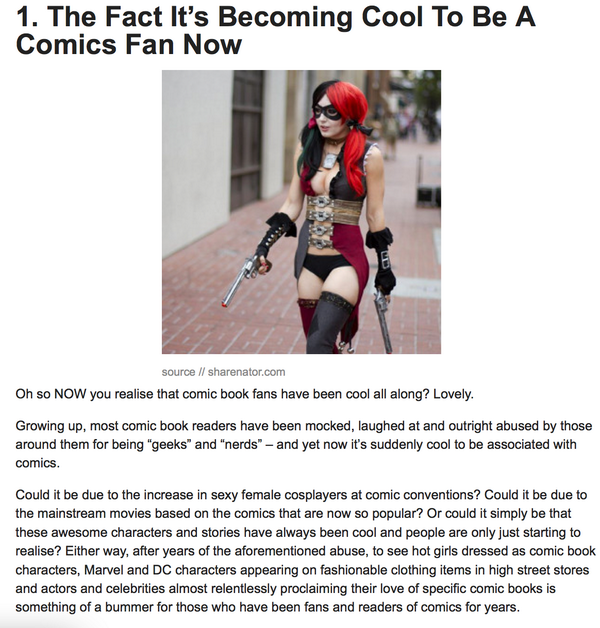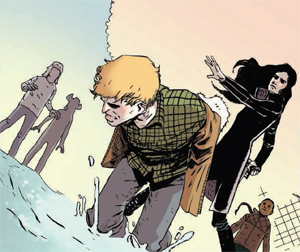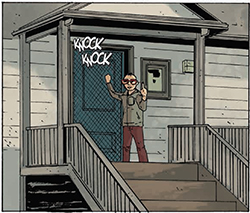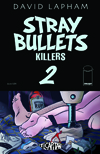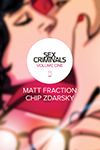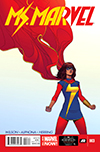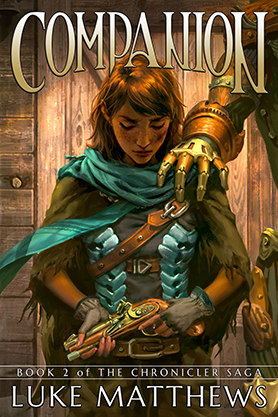Comic books have had a long, hard road toward the success and popularity they enjoy today. I’ve been a comic book fan since I was a little kid – almost thirty years. I’ve seen the way the industry has grown and changed, and been through the ringer for my fandom. I’ve been jeered at, insulted, and generally ostracized for being into comic books.
Finally, now, after all those years, comics have reached a popularity that most of us never thought possible. As a kid I fully expected to spend the rest of my life ashamed of my hobby or angry at the attitudes directed at me. A world where the medium was never taken seriously, and where any adaptations of my favorite characters were Troma-level throwaways or spoofs. To live in a world where comic-book conventions regularly sell out huge venues and the highest grossing movies of our time are based on those characters is a fucking wonderland.
And then, in a listicle published on a site called WhatCulture by author Kev Stewart, this bullshit comes along:
First off, let me say that I don’t put a hell of a lot of stock in these sorts of lists, especially on sites like Distractify or WhatCulture or Buzzfeed. Almost all of the “…only [blank] would understand.” articles read like they were written by someone who wouldn’t qualify for the target audience of the article, and who found most of their arguments via an cursory Google search. This one is no different.
But this #1 on the list really has it’s misrepresentation cake and eats it too. Let me start by addressing the premise of the list and this entry’s place on it:
23 Problems Only Comic Book Readers Will Understand
(My emphasis)
Without addressing any of the other issues with this entry, I ask: Why on Earth would a long time comic book fan see the growing mainstream popularity of our favorite entertainment medium as a “problem”? The integration of comic books into widespread popular culture means that fans of the medium will have everything we’ve always wanted: more money in the industry, better adaptations, more consideration of comics as serious entertainment, and – best of all – more people to talk to about it. Why would this be a bad thing?
Growing up, most comic book readers have been mocked, laughed at and outright abused by those around them for being “geeks” and “nerds”
Yes, you’re right: many of us were mocked and derided for our interests by people who didn’t know better. Much of that derision came from a place of ignorance – as it frequently does. Mainstreaming comic books means that more people know more about the stories that we love so much, which leads to – guess what – less ignorance and likely less ridicule. A kid nowadays has more access to more comics in more forms than any of us ever did, and can indulge in that hobby with more confidence than ever. I’m not saying that the insults and mockery have stopped, but a modern comic fan has way more arguments for the validity of their interest in the eyes of a mainstream heckler than ever before.
Either way, after years of the aforementioned abuse, to see hot girls dressed as comic book characters, Marvel and DC characters appearing on fashionable clothing items in high street stores and actors and celebrities almost relentlessly proclaiming their love of specific comic books is something of a bummer for those who have been fans and readers of comics for years.
My god, this reads like satire. Is this supposed to be some weird hipster irony bullshit? All of the things mentioned are blatant positives, but there’s one thing in particular I want to talk about, and that is the author’s attempt to shame people for liking comics. This whole list item, and most of the article, smacks of the same “fake geek girl” crap that we’ve seen crop up in the last several years, and it’s horseshit.
This paragraph serves no purpose but to perpetuate the same comic book nerd stereotype that used to force comic book readers into some sort of fan closet in the first place. To insinuate that because a woman is attractive or an actor is popular their love of comics is somehow “less than” is infuriating. This same kind of nerd-shaming is what kept fans from outwardly expressing their fandom for years, and made us feel like outcasts in the first place. The popularization of comic books has led to a) long-time fans being able to “come out”, as it were, with far less risk of ridicule and b) legitimized the hobby in the eyes of many, thus drawing in brand-new fans. Explain to me, again, why any of this would be a “bummer”?
and yet now it’s suddenly cool to be associated with comics.
“Suddenly”? Within the comic book industry, attempts to legitimize the sequential artform have been occurring since long before I was a fan; long before I was born. Only once the artform itself began to be recognized as something beyond just “funny-books” could the legitimization of its fandom begin. The shift from nerd-hobby to mainstream success has been in the making for decades, so espousing the idea that this shift is even remotely “sudden” destroys whatever marginal credibility this author had with me in the first place.
Lists like this are, ostensibly, meant to draw nodding approval from those “in the know” in that “it’s funny ’cause it’s true” sort of way. The first one I ever saw was a list of “things only introverts will understand”, and that archetype quickly exploded to cover every single niche in society from “feminists” to “short guys” to “movie nuts” to “women with small breasts”. Most of these sorts of list miss the mark at least a little bit, but I’ve never before encountered one that ended on such an irritatingly off-key note as this one.
To steal a phrase that’s been going around the internet lately: Comics Are For Everyone. To try and shoehorn it back into some unwelcoming, elitist, nerd-hobby that shuns someone because they don’t meet some sort of arbitrary “cred” actually works to harm all of the work that’s been done to bring comics to the forefront. New fans and the mainstreaming of comics aren’t the problem, Kev – you are.



